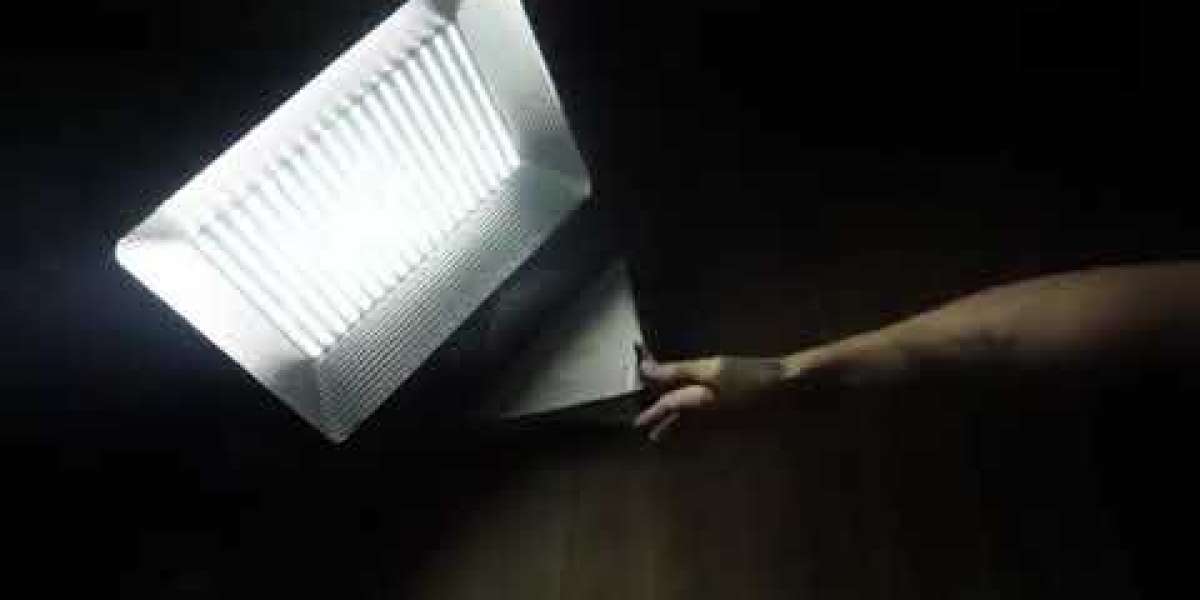Body piercings are a popular form of self-expression and adornment, but they can sometimes lead to complications such as piercing bumps or keloid. While both are common reactions to piercings, they are distinct in their formation, appearance, and treatment. This article aims to provide a comprehensive understanding of the differences between piercing bumps and keloids, their causes, prevention, and effective treatment options.
What is a Piercing Bump?
A piercing bump is a small, raised area that can form around the site of a piercing. It is often a sign of irritation, infection, or improper healing. Piercing bumps are usually temporary and can be treated with proper care.
Causes of Piercing Bumps:
- Infection: Bacteria introduced to the piercing site can cause redness, swelling, and the formation of a bump.
- Irritation: Friction from clothing, hair, or frequent touching can irritate the piercing, leading to a bump.
- Allergic Reaction: Some individuals may react to the metal in the jewelry, causing inflammation and bump formation.
- Trauma: Accidental knocks or excessive movement of the jewelry can damage the healing tissue.
Appearance:
- Small and localized around the piercing site.
- Red, swollen, and sometimes painful.
- May produce discharge if infected.
Treatment Options:
- Saline Soaks: Soaking the piercing in a saline solution can help reduce inflammation and promote healing.
- Avoid Irritants: Avoid touching the piercing with unclean hands and keep hair and clothing away from the area.
- Switch Jewelry: If an allergic reaction is suspected, switch to hypoallergenic jewelry made from materials like titanium or surgical steel.
- Consult a Professional: If the bump is persistent or shows signs of infection (pus, severe redness, pain), consult a professional piercer or healthcare provider.
What is a Keloid?
A keloid is a type of raised scar that forms when the body produces excess collagen during the healing process. Keloids extend beyond the original wound site and can be difficult to treat.
Causes of Keloids:
- Genetic Predisposition: Some individuals are genetically predisposed to developing keloids.
- Skin Trauma: Any skin trauma, including piercings, tattoos, or surgeries, can trigger keloid formation.
- Piercing Location: Certain areas, such as the earlobes, chest, and shoulders, are more prone to keloid formation.
Appearance:
- Firm, raised, and often larger than the original wound.
- Smooth and shiny in texture.
- Can be red, purple, or darker than the surrounding skin.
- May be itchy or painful.
Treatment Options:
- Silicone Sheets and Gels: Applying silicone sheets or gels can help flatten and soften keloids.
- Steroid Injections: Corticosteroid injections can reduce inflammation and shrink keloids.
- Cryotherapy: Freezing the keloid with liquid nitrogen can reduce its size.
- Laser Therapy: Laser treatment can help reduce the size and improve the appearance of keloids.
- Surgical Removal: In severe cases, surgical removal may be necessary, but there is a risk of the keloid returning.
Prevention of Piercing Bumps and Keloids
While it’s not always possible to prevent piercing bumps or keloids, certain measures can reduce the risk:
- Choose a Reputable Piercer: Ensure your piercing is done by a professional in a clean environment with sterile equipment.
- Follow Aftercare Instructions: Adhere to the aftercare regimen provided by your piercer, including cleaning the piercing regularly with a saline solution.
- Avoid Trauma: Be gentle with your new piercing and avoid activities that may cause trauma or irritation to the area.
- Use Hypoallergenic Jewelry: Opt for jewelry made from biocompatible materials such as titanium, niobium, or surgical steel to minimize allergic reactions.
- Know Your Risk: If you have a history of keloids, discuss this with your piercer and consider the risks before getting a new piercing.
Distinguishing Between Piercing Bumps and Keloids
Knowing the differences between piercing bumps and keloids is crucial for appropriate treatment. Here are key distinguishing factors:
Location and Size:
- Piercing Bump: Small and localized around the piercing site.
- Keloid: Larger and extends beyond the original wound.
Texture:
- Piercing Bump: Can be red and swollen with a softer texture.
- Keloid: Firm, smooth, and often shiny.
Duration:
- Piercing Bump: Temporary and typically resolves with proper care.
- Keloid: Persistent and can continue to grow over time without treatment.
Pain and Discomfort:
- Piercing Bump: May be painful if infected or irritated.
- Keloid: Can be itchy or painful, particularly as it grows.
When to Seek Professional Help
If you are unsure whether you have a piercing bump or a keloid, or if home treatments are not effective, seek professional advice. A piercer or dermatologist can provide an accurate diagnosis and recommend appropriate treatment options. Early intervention can prevent complications and improve outcomes.
Conclusion
Piercing bumps and keloids are common complications that can arise from body piercings. While they may appear similar, they are distinct in their causes, appearance, and treatment. Understanding these differences is crucial for effective management and prevention. By following proper aftercare, choosing reputable piercers, and being aware of your body's responses, you can minimize the risk of developing piercing bumps vs keloid and enjoy your body art safely. If complications do arise, seeking professional advice promptly can ensure you receive the appropriate care and treatment.

